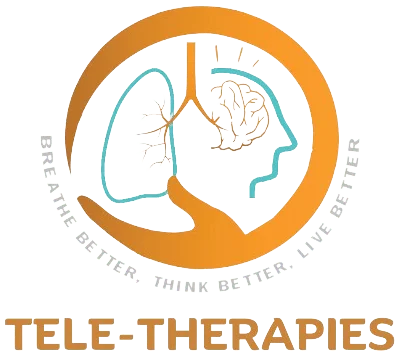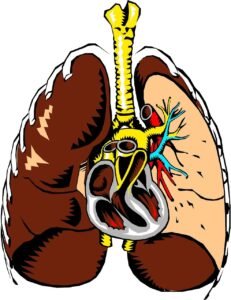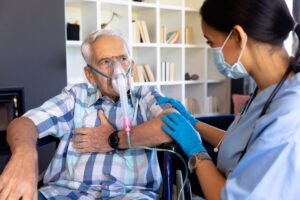Introduction:
Cardiac and pulmonary rehabilitation are two specialized programs that play a vital role in improving the health and well-being of individuals with heart and lung conditions. While these programs focus on different aspects of the body, they share several similarities in their goals, approaches, and benefits. In this blog, we’ll explore the common ground between cardiac and pulmonary rehabilitation and how they work to enhance the lives of those with cardiovascular and respiratory issues.
Clinical Supervision and Multidisciplinary Teams:
Cardiac and pulmonary rehabilitation programs are typically conducted under the guidance of healthcare professionals, including cardiologists, pulmonologists, nurses, physiotherapists, and dietitians.
Both programs rely on a multidisciplinary approach to address various aspects of patient care, such as exercise, medication management, dietary counselling, and emotional support.
Individualized Treatment Plans:
In both cases, participants undergo a comprehensive assessment to determine their specific needs, including baseline fitness, cardiac or pulmonary function, and risk factors.
Rehabilitation specialists create tailored treatment plans that consider each individual’s unique condition and goals.
Exercise Training:
A fundamental component of both cardiac and pulmonary rehabilitation is exercise training.
Cardiac rehabilitation focuses on improving cardiovascular fitness through activities like aerobic exercise and strength training.
Pulmonary rehabilitation includes exercises to enhance respiratory function, often incorporating breathing techniques and endurance training.
Education and Lifestyle Modification:
Both programs emphasize patient education to empower individuals with knowledge about their conditions and promote healthy lifestyle choices.
Topics covered may include diet, smoking cessation, medication management, stress reduction, and symptom recognition.
Psychosocial Support:
Emotional well-being is a significant aspect of recovery in both cardiac and pulmonary rehabilitation.
Support groups, counselling, and stress management techniques are often integrated to address the emotional impact of heart or lung conditions.
Progress Monitoring:
Regular assessments and progress monitoring are key features of both programs.
Healthcare providers closely track participants’ improvement in exercise capacity, symptom management, and overall quality of life.
Gradual Progression:
Both cardiac and pulmonary rehabilitation programs are designed with a gradual progression in mind.
Participants start with manageable exercise intensities and increase their workload over time as their fitness and confidence improve.
Community and Peer Support:
The sense of community and peer support is another shared element.
Participants often benefit from sharing experiences, challenges, and successes with others who are facing similar health issues.
Long-Term Health Maintenance:
Both cardiac and pulmonary rehabilitation programs aim to equip participants with the tools and knowledge they need for long-term health maintenance.
This includes strategies for maintaining a healthy lifestyle, managing medications, and recognizing warning signs.
Conclusion:
Cardiac and pulmonary rehabilitation programs may target different aspects of health—cardiovascular and respiratory, respectively—but they share a common commitment to improving the quality of life for individuals with heart and lung conditions. Through individualized care, exercise, education, psychosocial support, and a focus on long-term well-being, these programs offer hope and healing to those on their journey toward a healthier, more active life. Whether it’s a stronger heart or better lung function, the similarities in their approaches demonstrate the power of rehabilitation in enhancing both cardiac and pulmonary health.







